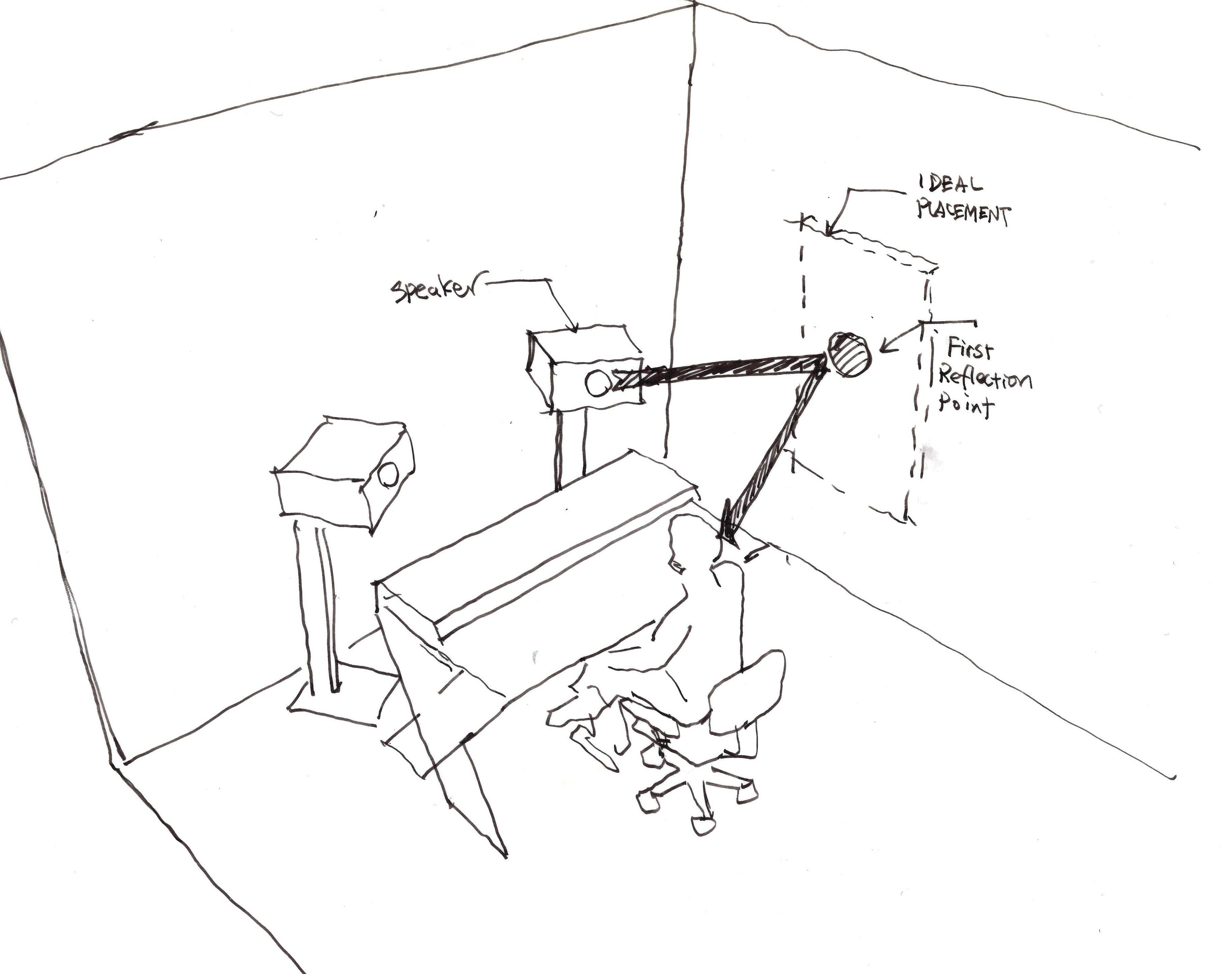These are awesome panels! With the solid well-built metal frame, they do have a slight weight to them but more of a solid feel than bulky. The panels were all symmetrical and look even lined up on the wall. As far as performance, they do a great job and have comparable results to a 2'x4' owens corning trap. I lined these up along a window frame to cover up the window and to quiet some of the traffic noise and there is actually a significant difference with them installed. Of course the room is already treated, but these not only became the centerpiece, they also helped focus the sweet spot in the room where the vocalist stands. They have become a conversation piece as well. Some people ask if it's just art and I explain to them that it is designed after famous architecture and show them the pictures in comparison. It really does change the point of view and how you look at them. I really do love that they are functional art. It's up to you if you find the price worth it, but I do love how they tie the room together, make for an interesting look, and really help lower the noise floor in the room. I have built regular panels for significantly less, but they weren't as creative, didn't have a metal frame, and definitely weren't expertly cut into a piece of art! The only reason I took off one star was one of the panels actually had pieces of the design loose and floating around in the box. It had become unglued. For the price, I was expecting a panel that would stay together a little better. Nonetheless, I'm very happy with them and a little hot glue fixed it right up as it was obvious where the pieces went.















Share:
What the Labs Don’t Tell You About Bass — And How We Built Around It
What Acoustic Panels Actually Do (And Why It Matters for Your Space)